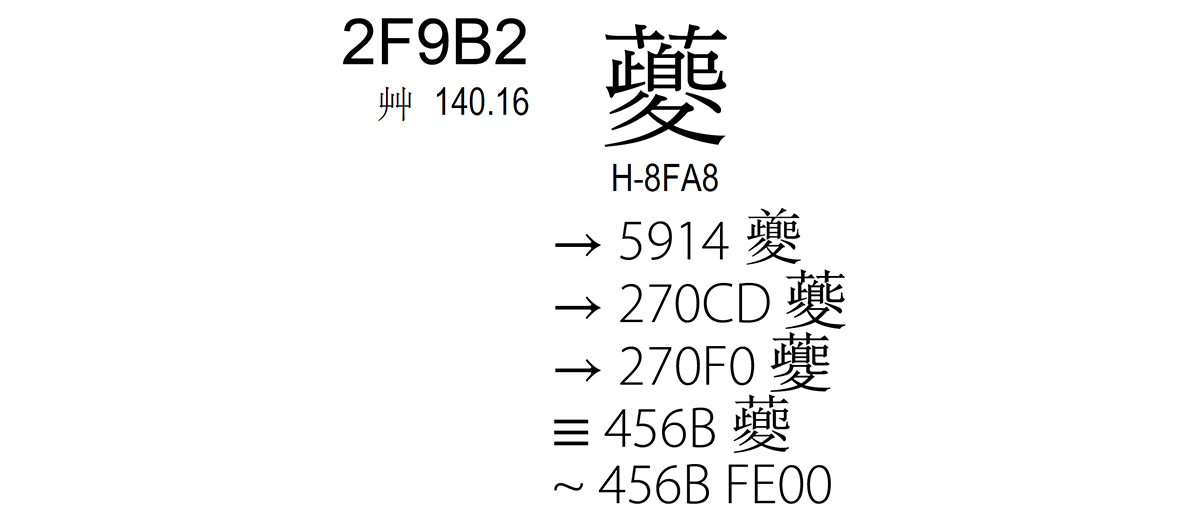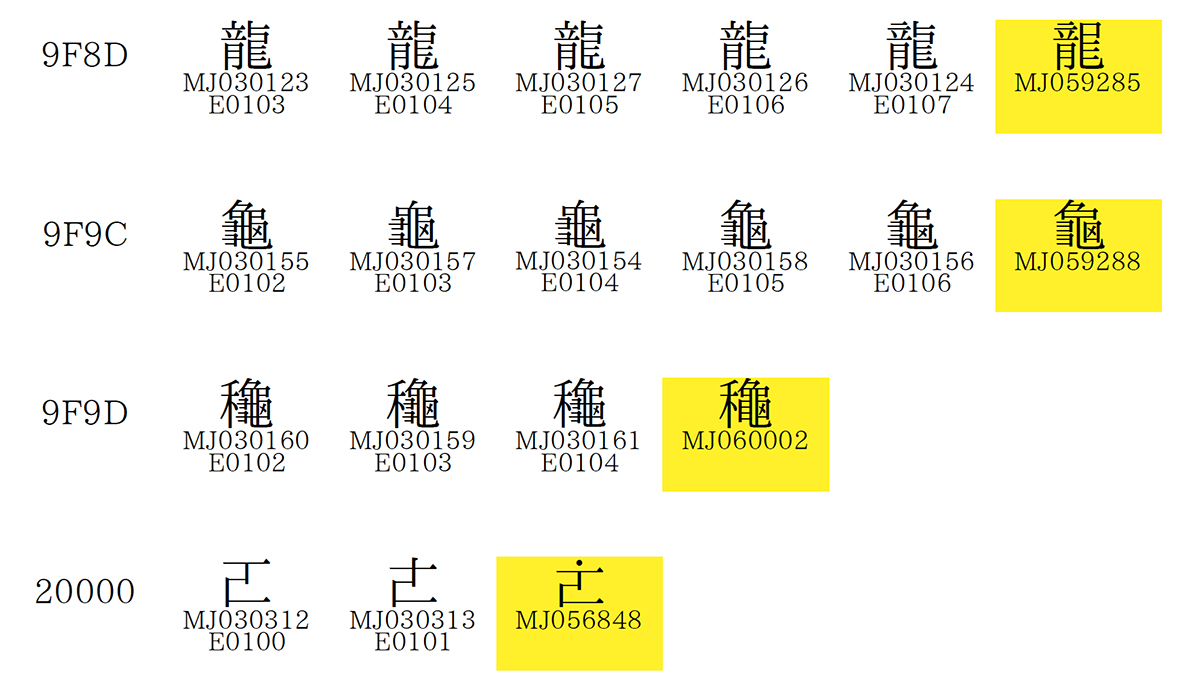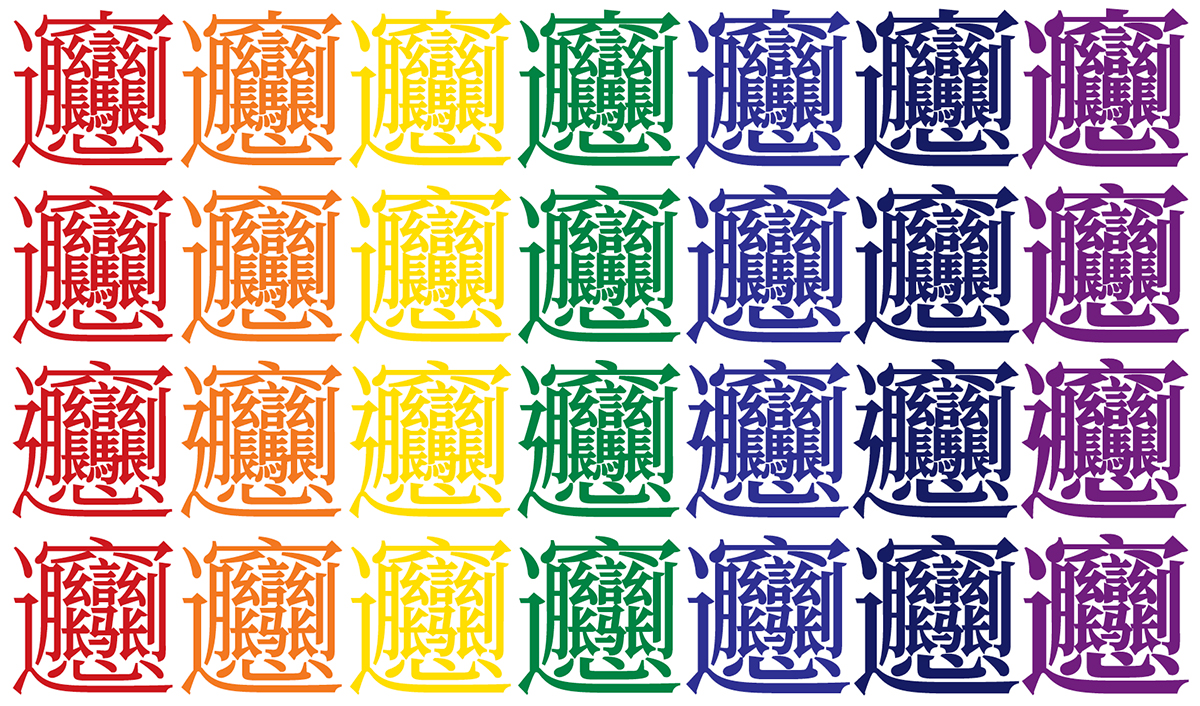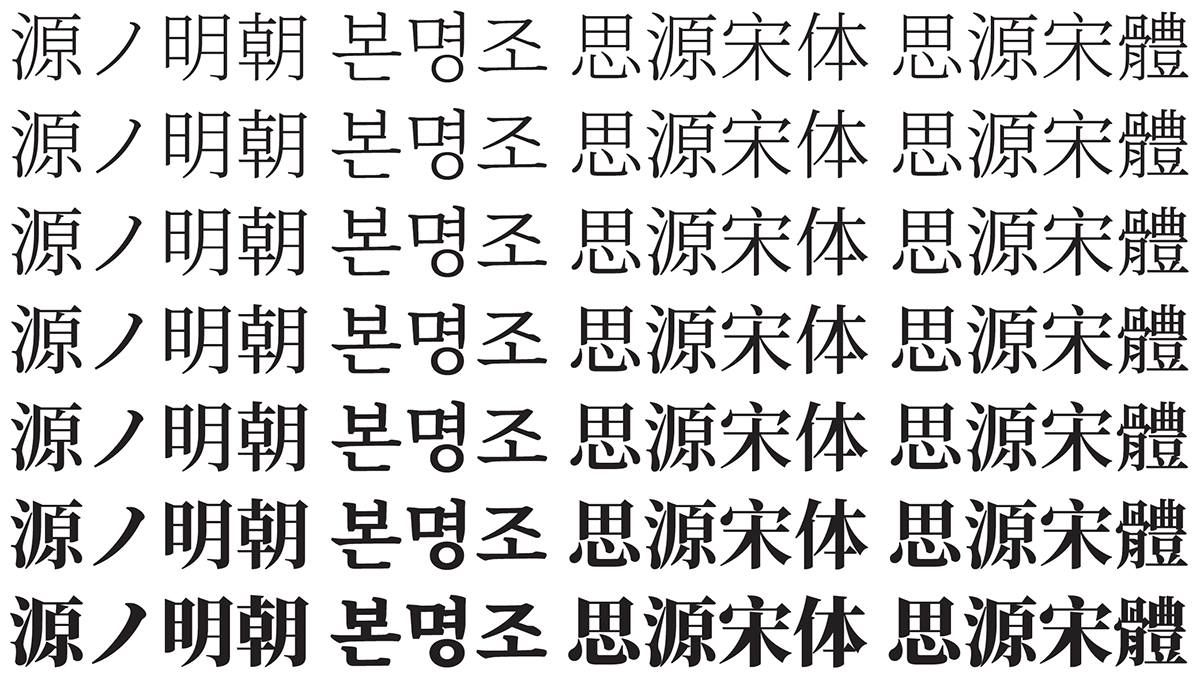
It is difficult to imagine that it has been over 20 years since a new RO—or Adobe CID-keyed glyph set—was born. Of course, I am referring to the static glyph sets, not the ones based on the special-purpose Adobe-Identity-0 ROS.
“RO” stands for Registry and Ordering, which represent compatibility names or identifiers for CID-keyed glyph sets that are referred to as character collections. Adobe CID-keyed glyph sets are usually referred to as ROSes, with the final “S” being an integer that refers to a specific Supplement. The first Supplement, of course, is 0 (zero).
One of my recent projects is to revitalize and modernize our Korean glyph set, Adobe-Korea1-2 (see Adobe Tech Note #5093), which was last modified on 1998-10-12 by defining Supplement 2 that added only pre-rotated versions of the proportional and half-width glyphs that are referenced by the effectively-deprecated 'vrt2' (Vertical Alternates and Rotation) GSUB feature. Instead of defining a new Supplement, I decided that it would be better to simply define a completely new glyph set for a variety of reasons. The tentative Registry and Ordering names are Adobe and KR (meaning “Adobe-KR”), and unlike other ROSes for which Supplements are defined incrementally, my current plan is to simultaneously define seven Supplements, 0 through 6.
Continue reading…











